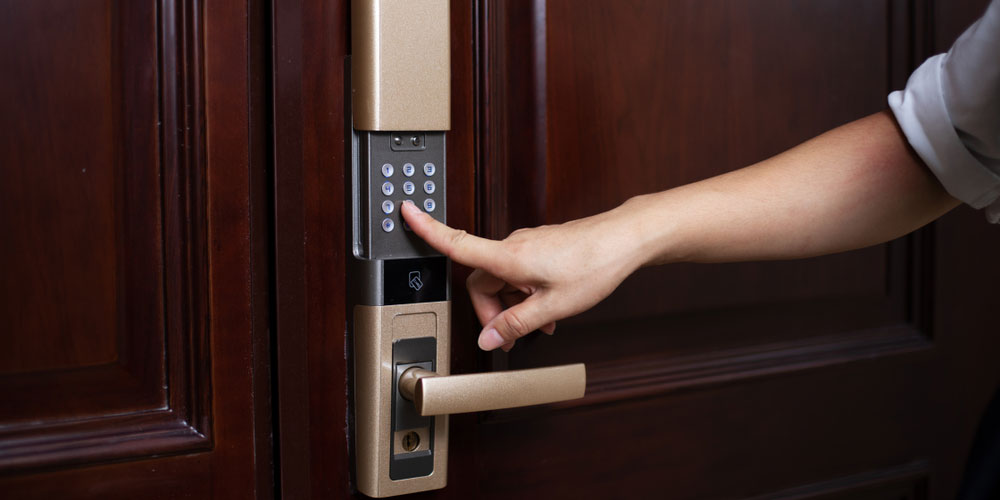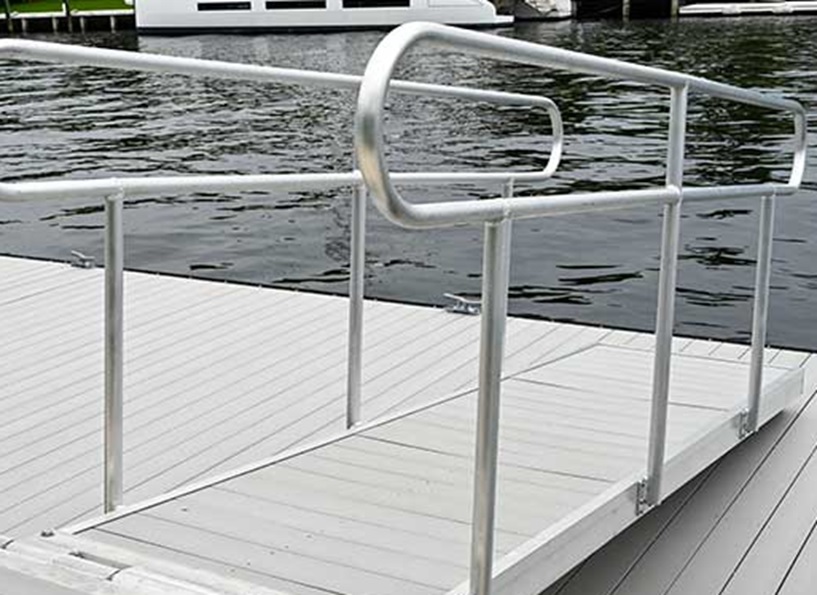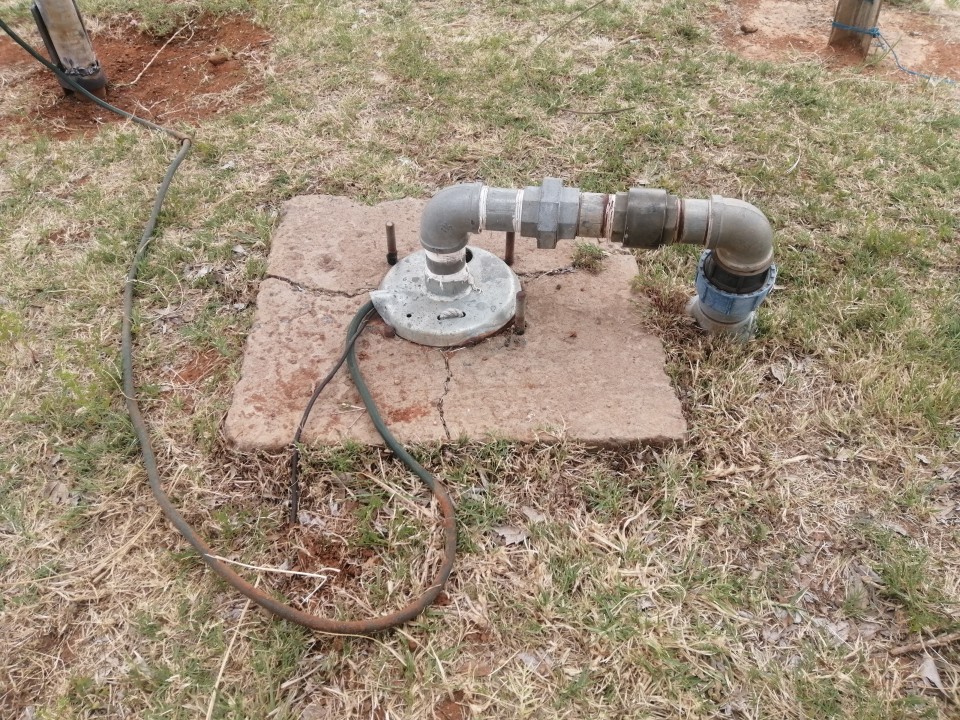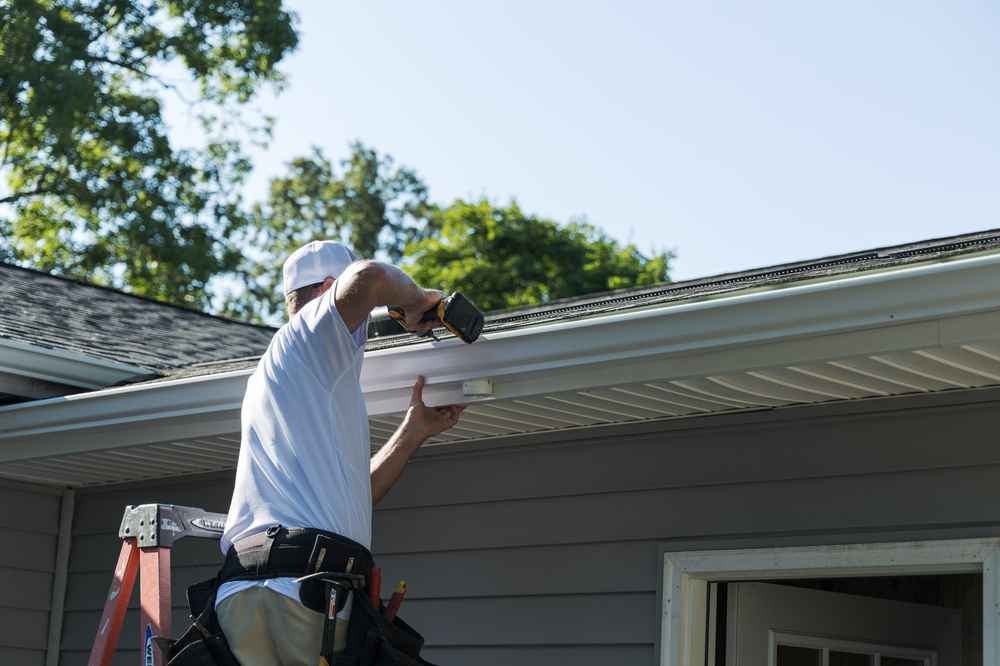Smart locks provide convenience, security, and keyless entry, but like any electronic device, they can sometimes malfunction. Whether due to battery failure, connectivity issues, or software glitches, being locked out of your home or office can be frustrating. Knowing how to regain access safely and efficiently can help you avoid unnecessary stress. Here’s what to do if your smart lock stops working.
1. Check the Basics
Before assuming a major issue, check the simple things first:
- Ensure the batteries are not dead. Most smart door locks give low-battery warnings, but if ignored, they may stop working. Try replacing the batteries.
- Check for connectivity issues. If your smart lock is connected via Wi-Fi or Bluetooth, ensure your phone or hub is properly connected.
- Verify the app functionality. Restart the smart lock app and check for software updates. Sometimes, a simple restart can fix the problem.
2. Use Alternative Entry Methods
Most smart locks have backup entry options in case of failure.
- Physical Key Override: Some models come with a hidden keyhole or mechanical key access. Locate and use the key if available.
- Keypad Entry: If smart door locks have a keypad, ensure you enter the correct PIN. A lockout may occur after multiple incorrect attempts.
- Backup Access via App: Some smart locks allow access through a cloud-based app or alternative login on another device.
3. Try a Manual Reset
If your smart lock is unresponsive, a manual reset may restore functionality.
- Check the manufacturer’s instructions for the reset process.
- Most locks have a reset button that needs to be pressed for a few seconds.
- After resetting, reconfigure the lock settings and reattempt access.
4. Check for Power Supply Issues
If your smart lock is wired or connected to a smart home system, check for:
- Power outages are affecting the lock.
- Loose wiring or disconnected power sources.
- The router malfunctions if the lock is Wi-Fi enabled.
For battery-operated locks, ensure that the new batteries are correctly installed and not expired.
5. Use Emergency Power Options
Some smart door locks feature emergency power terminals that allow temporary power supply via:
- A 9V battery connection: Hold a 9V battery against the designated terminals to provide enough power for entry.
- USB Charging (for rechargeable locks): Connect a power bank if the lock supports USB charging.
These options provide temporary access, allowing you to change the batteries or troubleshoot further.
6. Try a Different Device or Network
If the issue seems to be app-related:
- Try unlocking from a different phone or tablet.
- Reinstall the lock’s app to clear potential software glitches.
- Switch from Wi-Fi to Bluetooth or vice versa to check for network issues.
7. Contact the Manufacturer’s Support
If troubleshooting doesn’t resolve the issue, reach out to the lock’s customer support.
- Have the model number and any error messages ready.
- Many manufacturers offer remote troubleshooting or warranty replacements for faulty locks.
8. Seek Professional Help
If all else fails, consider calling a locksmith experienced with smart locks. A professional can safely override the smart door locks or repair them without damaging your door.
Preventive Measures for the Future
- Regularly replace batteries before they die.
- Keep a backup entry method like a key or secondary PIN.
- Test the lock periodically to ensure it’s functioning.
- Enable alerts for low battery and connectivity issues.
Conclusion
Non-working smart door locks can be stressful, but with the right steps, you can regain access quickly. By checking power sources, using alternative entry options, resetting the lock, and contacting support when necessary, you can handle lock failures effectively. Preventive maintenance ensures that you won’t be locked out unexpectedly in the future.







